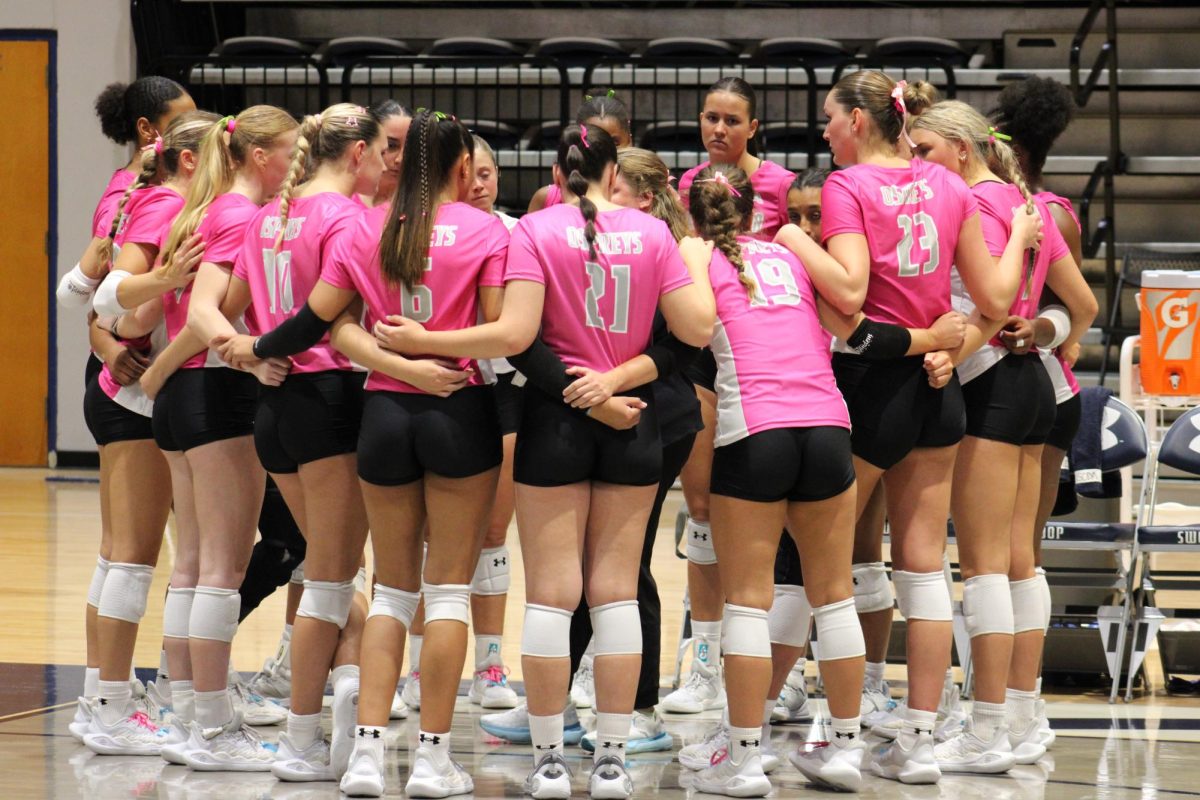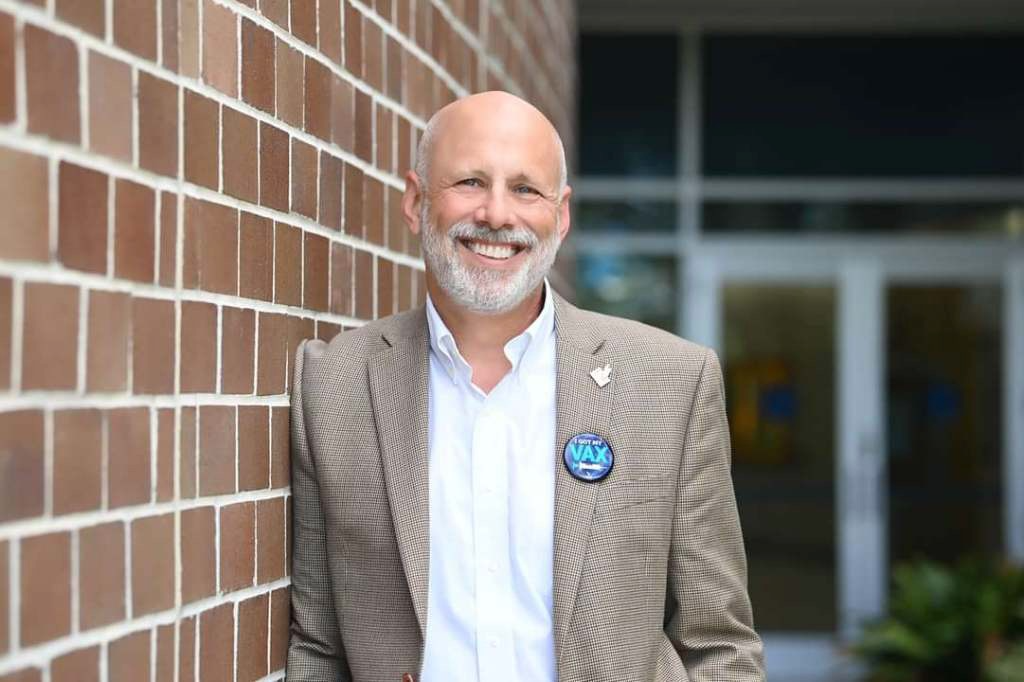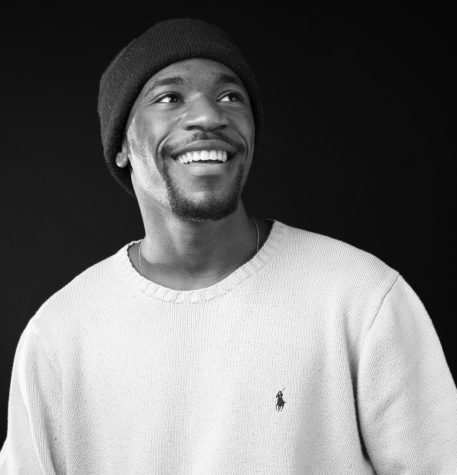About a week ago, I went to get a haircut. If you know anything about black barber shops, you know they are often filled with rife commentary on anything—sports, music, politics. Pick any one of those topics, and I’m sure an argument will ensue, mostly to pass the time.
This time was different. Not only was the noisy conversation traded for a rather calm scene, but the topic of conversation was more philosophical in nature. Its defining statement was simple yet complex. “Protesting doesn’t work.”

The statement was highly provocative, encouraging me to question the idea of protesting. More importantly, it made me wonder why it was made in the first place.
Much of the discontent comes in the wake of the extremely powerful and timely 2020 protests. Those frequently misrepresented protests symbolized ideas of change and restructure for a lot of people. Yet, two years later, we’ve seen multiple examples of police brutality and a familiar outcry from the people lamenting racial injustice.
“In recent memory, at least, any protest that I can think about has not accomplished actual legitimate change,” said University of North Florida (UNF) student Samy El-Kamel.
Similar to the barbershop quote, the statement could be seen as quite provocative. However, I found that behind the outward questioning of the efficacy of protests was a subtle inquiry, or belief, about what occurs after the streets quiet down.
It’s a hard question to answer. Different protests have different results. The reason for the protest and where its located can have major impacts on its success. Not only that, but the style of protesting can also affect its outcome.
One common form of protesting is marching and rallying. This style uses crowds of people who meet together, usually on the streets or steps of an important building or location, shouting in unison their desire for change. I’d say that this might be the most popular form of protesting and was extremely popular during the summer of 2020. However, because of its popularity and emphasis on using your voice, it is often viewed as well-intended but of little help. People want change, and some view protesting as an overly slow-moving tactic.
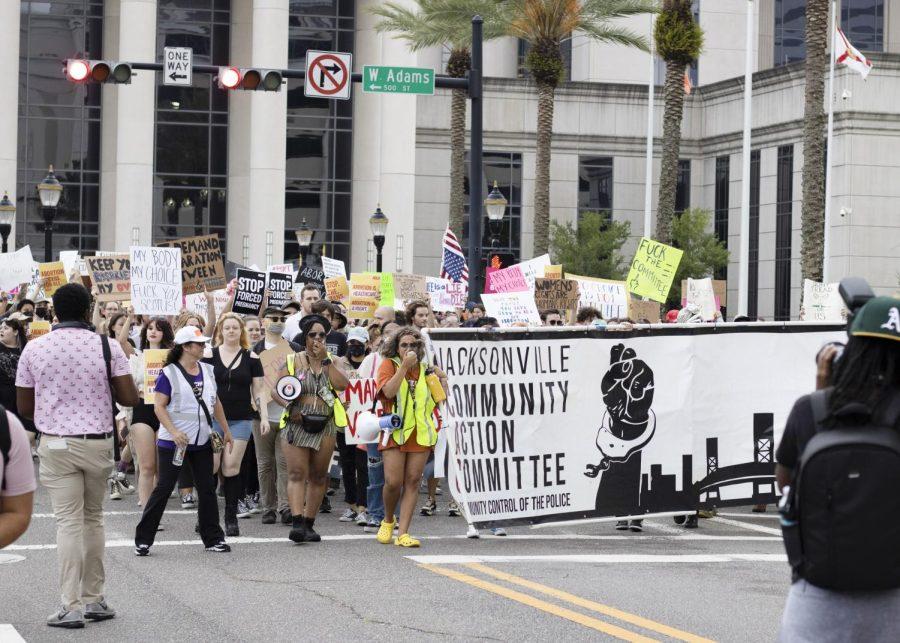
“If anything, it just causes businesses or corporations to take small actions or, like, the bare minimum just to appease the majority and appease such protesters,” said El-Kamel, “But then as soon as the status quo is restored and back to normal they go ‘Yeah, O.K., we can slowly phase this out and go back to normal.’”
This is certainly a call back to the 2020 protests in which multiple corporations stated they stood with the protestors and maybe even made some changes, but they were mostly perceived as performative. While this was certainly a sentiment two years ago, it was not always the case.
Sit-ins, the act of peacefully sitting in an establishment as an act of protest against said establishment or government to invoke change, were very popular throughout the mid-1900s. Despite their peaceful nature, the protesters were often subjected to brutal forms of violence like in the case of Ax Handle Saturday, in which protestors, many still teenagers, were attacked and beaten for calling for change. The protestors sacrificed their lives, being beaten with ax handles, believing that desegregation would eventually become law. One year later, in 1961, it did.
The space between protests and legislative change can be nebulous, and it may contribute to the angst that onlookers, and maybe even some protestors themselves, feel when they watch the protests happen. Some protests are quickly effective, often because of the way they choose to address the subject.
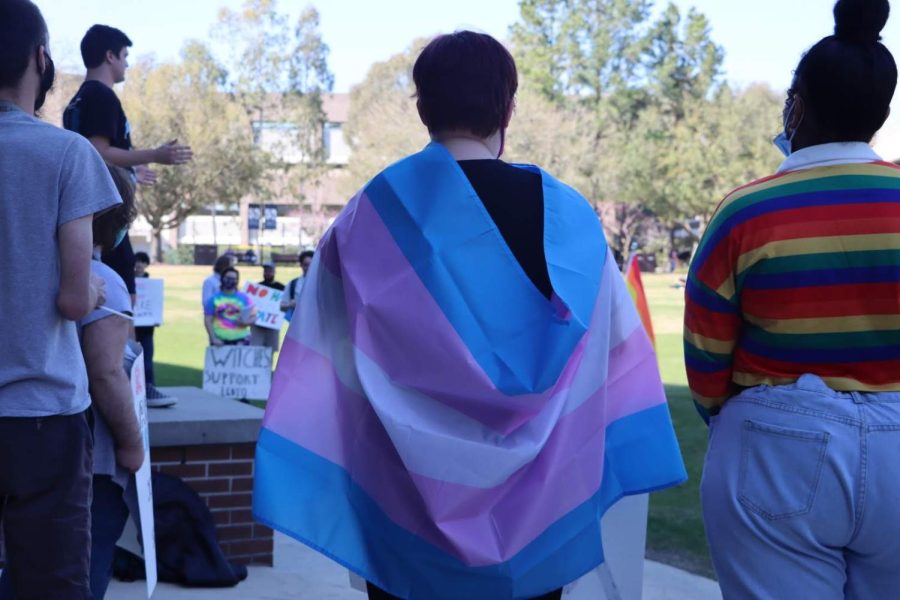
The Montgomery Bus Boycotts of the 1950s encouraged Black Americans, who were frequent bus users, to abandon using the bus as a form of protest against segregation and unequal treatment. Its focus on the money received from them and given to the transportation company proved to be highly successful. Money talks.
Protestors work to bring awareness to unjust situations. Many times that can result in some form of legislative change. In the aftermath of George Floyd’s murder, some legislation has passed, banning or encouraging the bans of certain practices, though more work needs to be done. Unfortunately, many good protests don’t bring about change for decades or even longer, yet it is important to remember that immediate legislation, or lack thereof, does not validate the goodwill of the people.
It is often forgotten that lawmakers and politicians are, at the end of the day, still people whose views can be swayed for the better. People are at the heart of protests, and it is in the heart of the people that change often begins.
___
For more information or news tips, or if you see an error in this story or have any compliments or concerns, contact editor@unfspinnaker.com.





